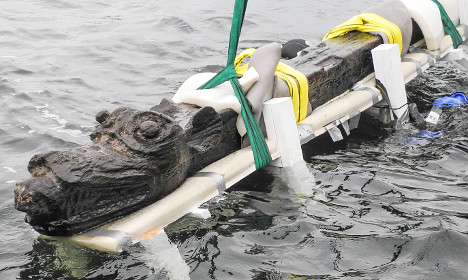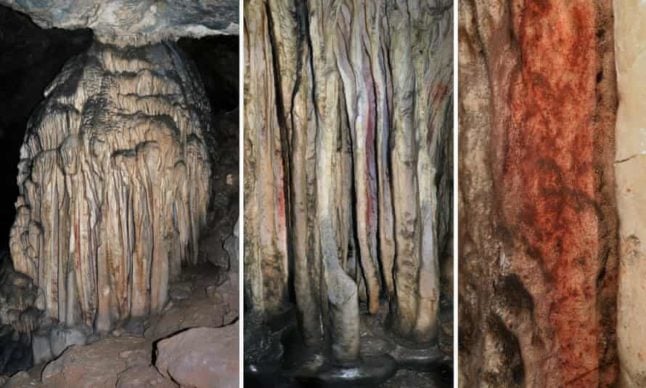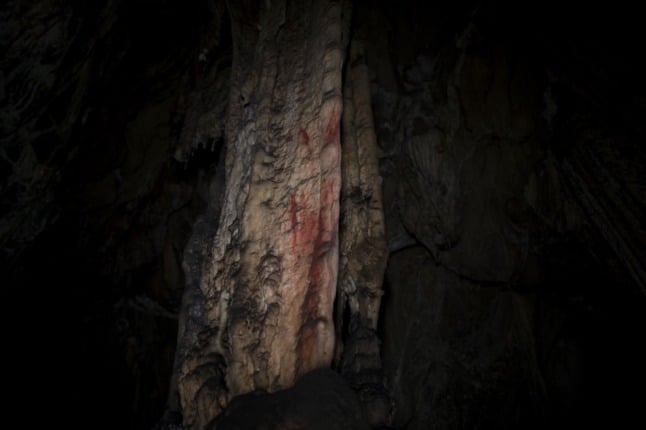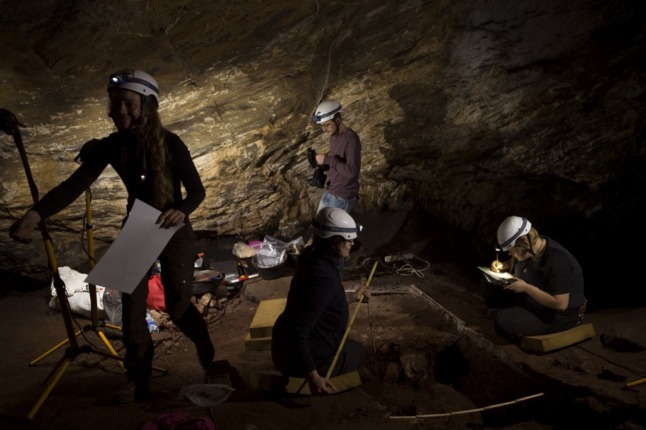Experts at the National Museum in the Danish capital will now begin work to restore the massive ornament to its former glory – a process that’s expected to take almost three years.
p { margin-bottom: 0.25cm; line-height: 120%; }a.cjk:link { }a.ctl:link { }
Marcus Sandekjaer, the head of Blekinge Museum in Sweden, made the trip to Denmark with the figurehead, one of the world's oldest preserved wooden carvings of its kind.
“It felt like closing a circle: the figurehead returned to Copenhagen 521 years after it left the harbour there,” he told The Local.
The carving went on display at his museum after it was dragged up to the surface in August last year.
The wooden face, which resembles a monster or a large grinning dog, had been lying on a seabed off the southern Swedish town of Ronneby for more than five centuries. It holds in its jaws a (wooden) human head.
“A few of us have spent a lot of time with this really ugly figurehead,” said Sandekjaer said with a laugh.
“We’re going to miss this guy.”
It is thought to have broken off from the Gribhunden ship, commissioned by King Hans, who ruled Denmark from 1481 to 1513.

The monster. Photo: Blekinge Museum
The Gribhunden set sail from Copenhagen in 1495. A fire broke out when it was anchored off Ronneby, causing the vessel to explode and sink.
It is not known if the fire was an accident or sabotage, or how many of the 150 people on board survived.
Blekinge museum preserved the figurehead in a bath of sweet water for the past few months, designed to remove the salt it had absorbed from the sea.
The Danish team will now begin a new three-step process to conserve the creepy figurehead, which weighs 300 kilograms and was discovered by divers in June.
“First they will try to find traces of paint. We still don’t know if it was painted or not,” said Sandekjaer.
“Then it will be put in a chemical liquid for two years to stabilize the wood – otherwise the cell walls would collapse.”
“After that it will be freeze dried in a huge chamber for another six months.”
Sandekjaer believes the figurehead to be the only one of its kind remaining in the world from a 15th century ship.
The plan is for it to be returned to Blekinge and reunited with the rest of the ship once the conservation process is complete.
The find has sparked interest worldwide as the Gribhunden was a contemporary of the Santa Maria, sailed by Christopher Columbus, and Vasco da Gama’s São Gabriel.
“The ship was constructed in continental Europe using oakwood from trees felled in north-eastern France in 1482-83,” said Sandekjaer.
The wreck of King Hans' flagship still lies ten metres under the sea near Ronneby. Numerous artefacts have been discovered and brought to the surface since the ship was found by recreational divers in the 1970s.
A new exhibition on the ship is set to open at Blekinge Museum on March 23rd.





 Please whitelist us to continue reading.
Please whitelist us to continue reading.